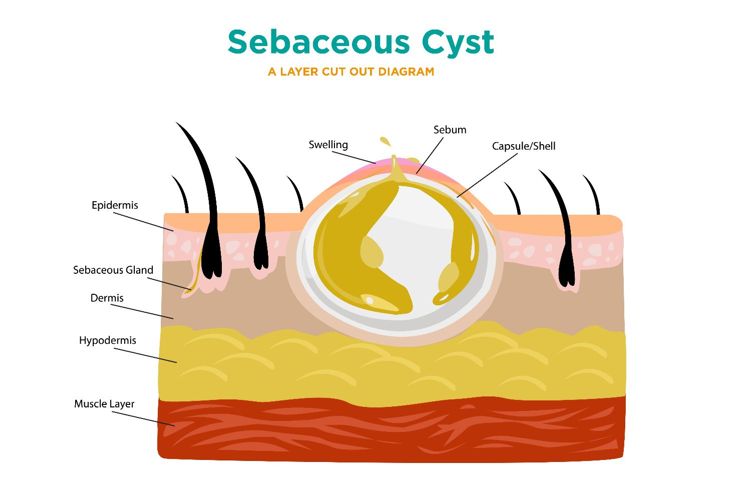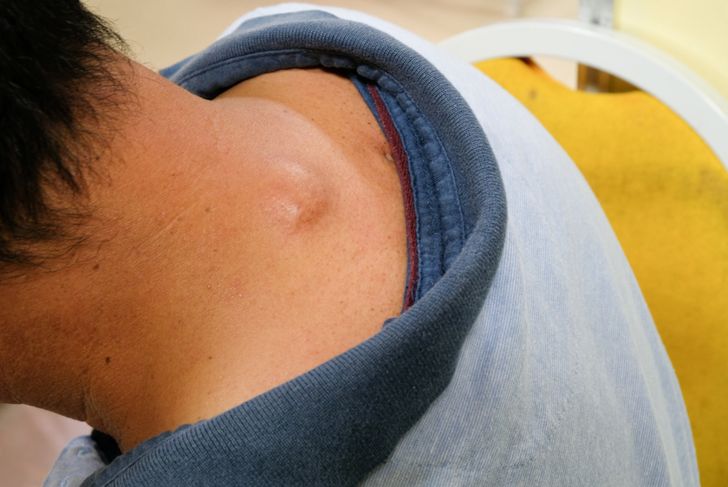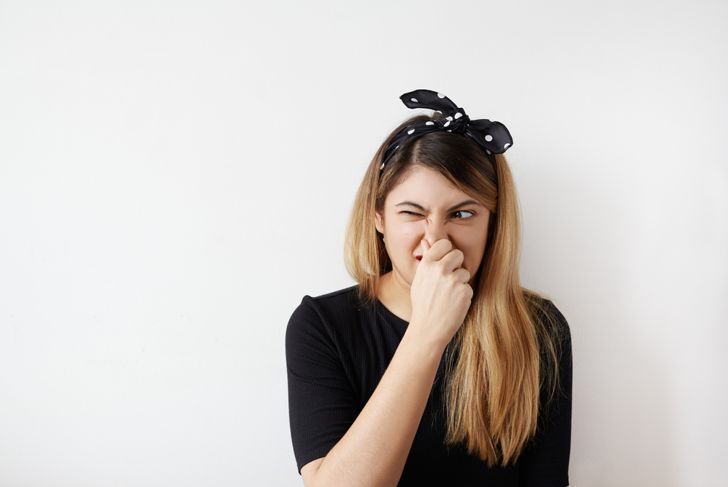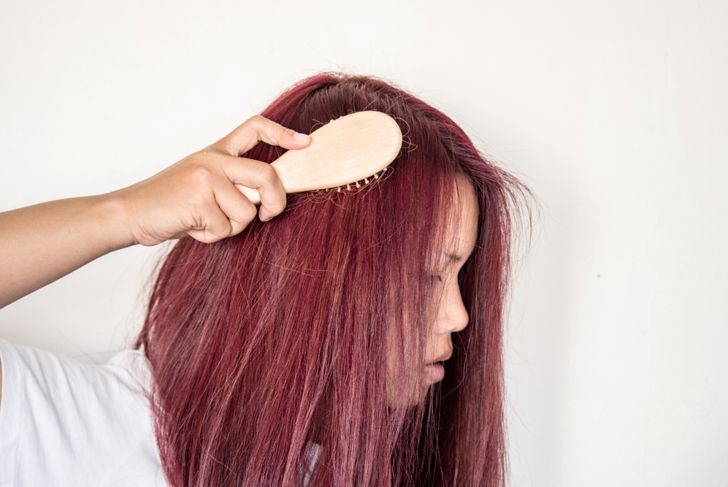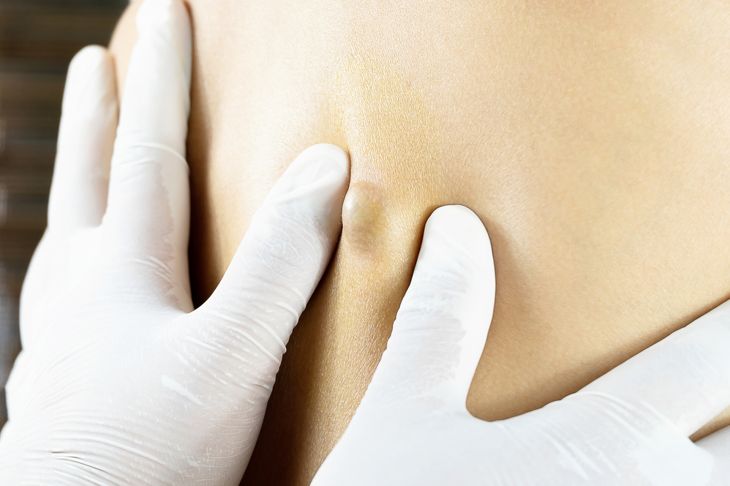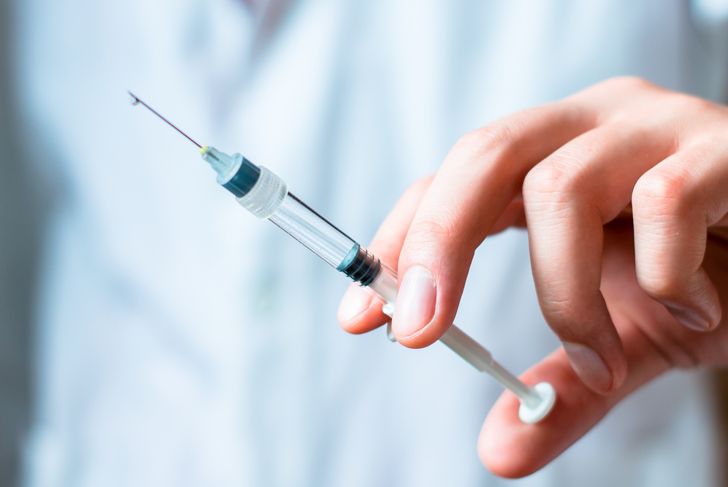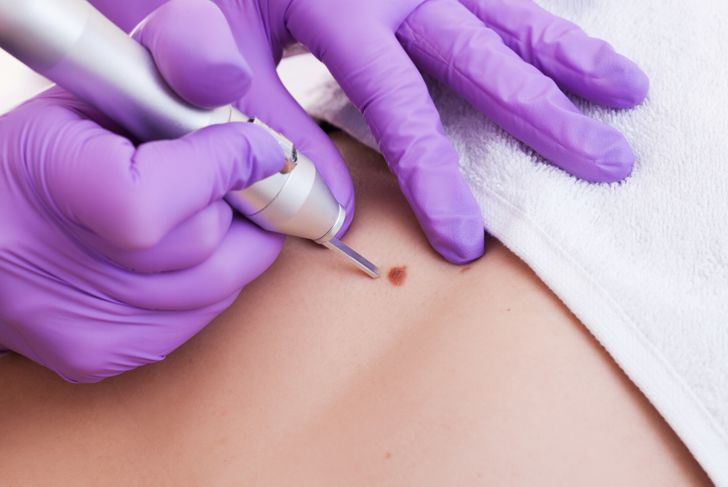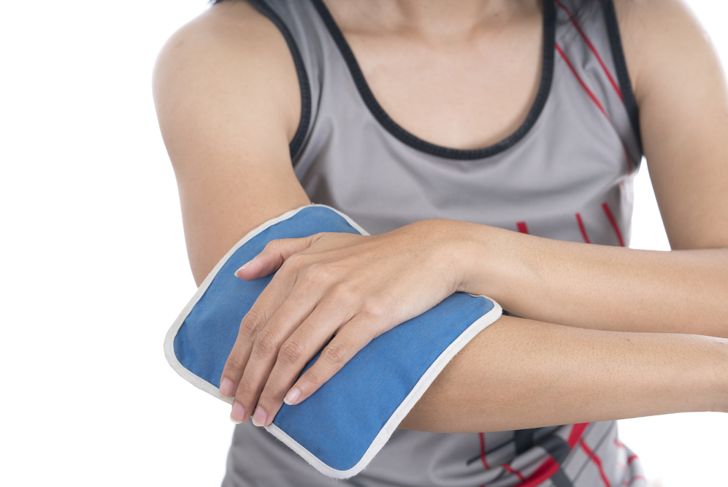Have you ever had a small lump beneath your skin? Maybe you weren’t sure if it was an ingrown hair, pimple, or something more serious. Naturally, you might try to pop or squeeze it, but is that a good idea? Sebaceous cysts are little bumps that develop under your skin, usually in hairy places. They are noncancerous and generally harmless. In some cases, an infection or rupture might lead to medical care.
Symptom: Fluid-Filled Bump
If you have a lump under your skin that appears to be full of fluids, you might have a sebaceous cyst. The skin condition is characterized by a bump that arises from the sebaceous gland, which secretes oily lubrication for the hair and skin. Although several other conditions such as epidermoid or pilar cysts are confused for sebaceous cysts, they are not the same because they do not originate from the sebaceous glands.
Symptom: Location
Sebaceous cysts have multiple common sites including your upper arms, back, torso, face, ears, and scalp. In men, it is typical to have sebaceous cysts on the chest and scrotum. Hairier places on the body are more likely to develop sebaceous cysts. After long periods of time, you may deal with baldness where the skin condition resides. If you have what looks like a sebaceous cyst on the palms of your hands or soles of your feet, contact your doctor. Fingers and toes do not normally develop this type of skin cyst. Besides unusual spots, you should also seek medical care if the location is constantly irritated.
Symptom: Hardened and Small in Size
A sebaceous cyst is generally hard to the touch. It ranges in size but is generally small from about one centimeter up to five centimeters in diameter. By comparison, this skin cyst is about the size of a pea. Although hard, they are smooth and usually a round shape. If the shape or size begins to change or grow rapidly, contact a medical provider right away.
Symptom: Thick, Yellow Substance
While epidermoid and pilar cysts contain keratin, a sebaceous cyst is full of sebum. This oily, waxy matter is thick and yellow. Depending if the area is infected, the cyst may have a particular smell that is similar to a foot odor. The contents may also be different than described if the skin cyst or its surrounding capsule becomes infected.
Symptom: Painless
Sebaceous cysts are non-cancerous bumps under the skin. Although they may be slightly uncomfortable, a great deal of pain is not associated with the condition. Cysts are often not tender to the touch, either. If you have a sebaceous cyst located on your scalp, and you catch it with a brush or comb, it can be painful. An infected cyst becomes inflamed with redness and swelling. A skin cyst that bursts can cause pain and tenderness. Although it is non-life-threatening, you can seek medical advice if you are concerned.
Treatment: No Treatment
In most cases, sebaceous cysts do not require any medical treatment. You should always keep the area clean and not bother it. However, if you feel uncomfortable with the bump because of cosmetic reasons, there are ways to remove the bulge. Talk to your doctor if you have any concerns about a sebaceous cyst.
Treatment: Incision and Drainage
Your doctor will make a tiny incision in the bump and squeeze out the matter. It is quick and easy, but the chances of the sebaceous cyst coming back are very likely. Depending on the size, a lance can poke the cyst and drain the oily substance. This treatment might be necessary if the sebaceous cyst burst or an infection developed under the skin. In that case, you may also have to take antibiotics to fully treat the condition.
Treatment: Injection
One treatment for sebaceous cysts involves a medicated needle to reduce the inflammation. This will help get rid of the swelling, redness, and possibly any pain associated with the skin condition. You and your doctor can discuss the risks and benefits of this particular treatment. An injection of medicine may not eradicate the cyst.
Treatment: Surgery
If a sebaceous cyst is causing pain and other problems because of its location, you can get it removed through minor surgery. Local anesthesia is applied to numb the area. The skin is prepared with antiseptic procedures, and a small blade is used to remove the cyst completely. Taking out the sac wall should prevent it from recurring, but if that part of your body has a predisposition to form cysts, you may develop more in that location. After the operation, you may have a scar. A skin cyst that continues to become infected should be removed. Your doctor might delay the procedure until the inflammation subsides. This can take up to four weeks. In that time, hopefully, the condition heals on its own.
Treatment: At-Home Remedy
Although you cannot stop sebaceous cysts from developing, you can help prevent infection and other complications. You should never squeeze a cyst without getting medical advice. Doing so will not only damage your skin and worsen its appearance, but it can cause pain, inflammation, and infection. Apply a warm, wet washcloth to the skin cyst to help it drain and heal faster. If that does not help, seek medical help for proper diagnosis and care.

 Home
Home Health
Health Diet & Nutrition
Diet & Nutrition Living Well
Living Well More
More